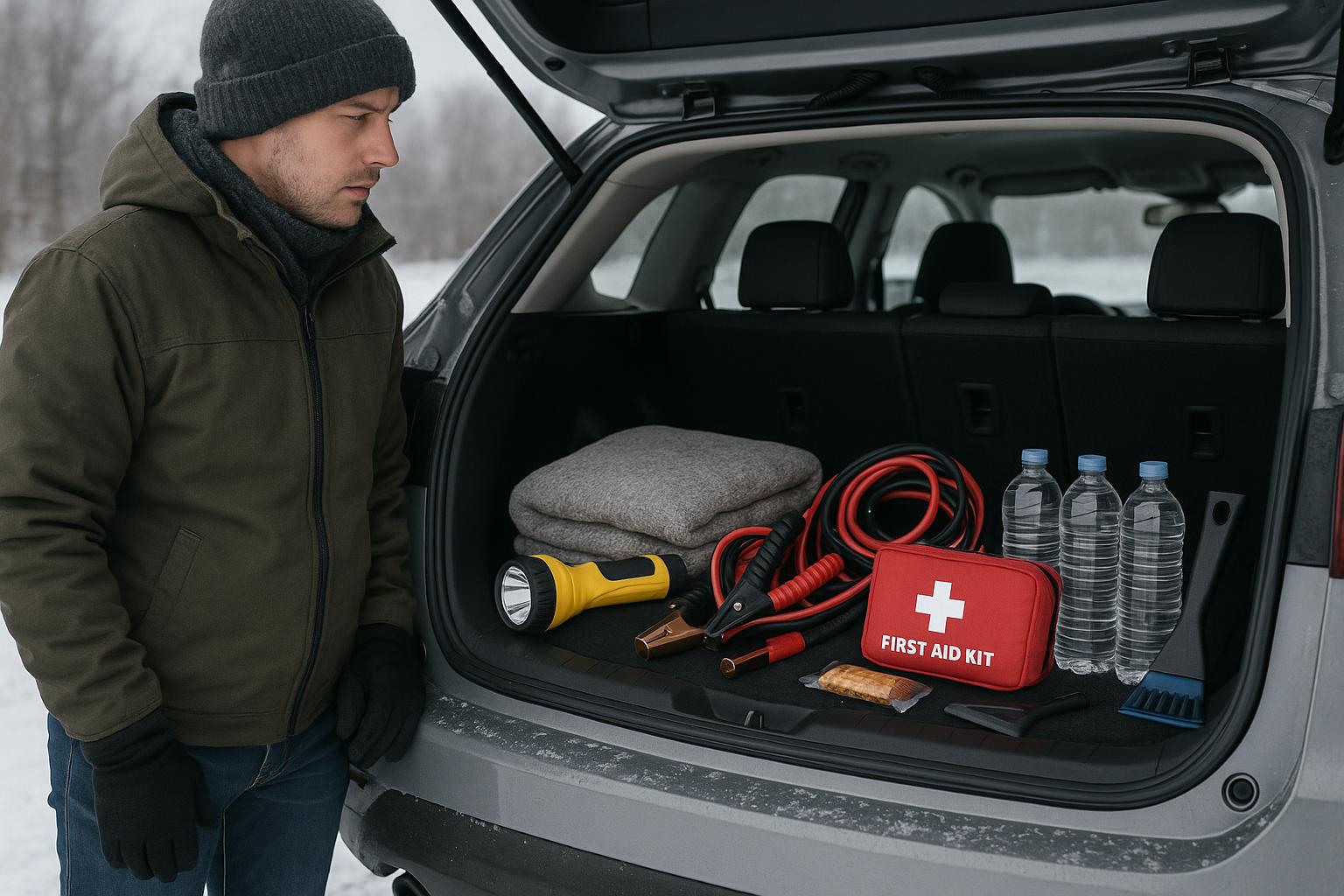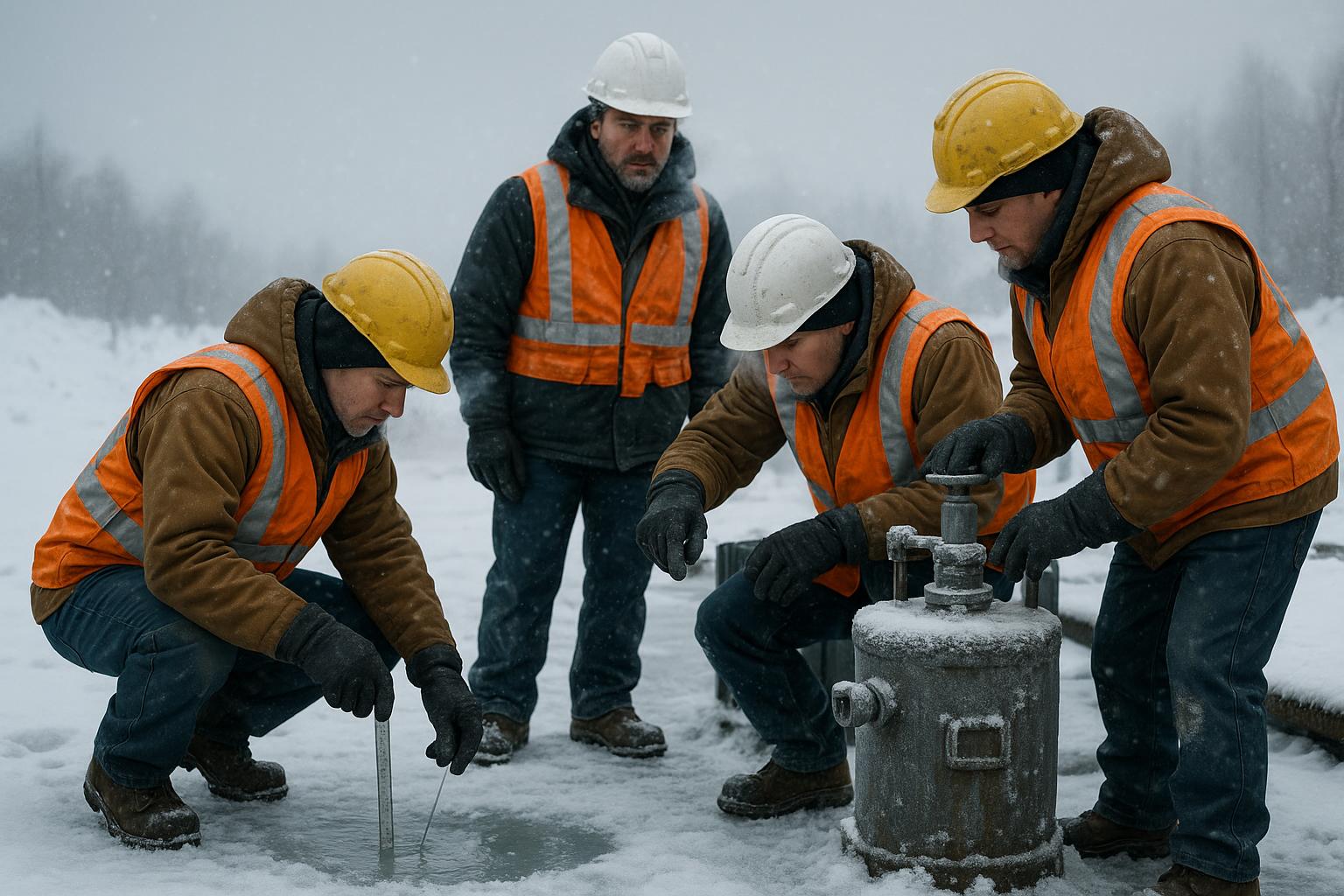Proper storage of tools and equipment is essential for maintaining a safe and efficient workplace. Improper stacking, unsecured heavy tools, and disorganized storage areas can lead to serious injuries, lost productivity, and damage to valuable equipment.
By following safe storage practices, businesses can reduce workplace accidents, improve workflow, and ensure compliance with OSHA and other safety regulations. Today, we’ll discuss how to properly stack materials, secure hazardous tools, and organize storage areas to enhance safety and productivity.
Let’s dive into the importance of safe storage practices and how implementing these measures can prevent workplace injuries.
The Dangers of Poor Storage Practices
Failing to properly store tools, equipment, and materials can result in:
- Falling Objects: Improperly stacked materials or unsecured tools can fall and injure workers.
- Trip and Slip Hazards: Items left in walkways create obstacles that increase the risk of trips and falls.
- Fire Hazards: Storing flammable materials improperly can increase the risk of workplace fires.
- Injuries from Sharp or Heavy Tools: Poorly stored sharp or heavy tools can lead to cuts, punctures, or crush injuries.
Ensuring that all materials, tools, and equipment are securely and efficiently stored not only prevents accidents but also improves productivity, efficiency, and workplace organization.
Prevention and Elimination Tactics
1. Proper Stacking of Materials to Prevent Collapses and Injuries
Stacking materials improperly can lead to collapsing loads, falling objects, and serious injuries. Follow these guidelines to ensure safe stacking:
- Stack Heavier Items on the Bottom: This prevents tipping and instability.
- Do Not Overstack: Keep stacks at a manageable height to prevent items from toppling over.
- Use Storage Racks and Shelving: Secure materials on stable shelving units to avoid collapses.
- Label and Secure Stacked Materials: Clearly label stored items and ensure they are properly supported.
2. Secure Storage for Sharp, Heavy, and Hazardous Items
Many tools and equipment pose serious injury risks if not stored properly. Follow these best practices:
- Sharp Tools (Knives, Blades, Saws):
- Store in designated holders or sheaths.
- Never leave sharp tools lying around.
- Heavy Tools and Equipment:
- Secure in low, stable storage areas to prevent them from falling.
- Use proper lifting techniques when moving heavy equipment.
- Hazardous Materials (Chemicals, Flammable Liquids, Gases):
- Store in approved, labeled containers.
- Keep away from heat sources and ignition points.
- Ensure proper ventilation for hazardous substances.
3. How Organized Storage Enhances Productivity and Safety
An organized workspace saves time, reduces accidents, and improves efficiency. Here’s how to keep storage areas neat and safe:
- Designate Storage Areas: Assign specific places for tools, materials, and equipment.
- Label Everything: Clearly mark shelves, bins, and storage containers to reduce confusion.
- Implement a “Return It When Done” Policy: Ensure that employees return tools to their designated places after use.
- Use Tool Cabinets and Racks: These reduce clutter and minimize the risk of misplaced tools.
- Regularly Inspect and Clean Storage Areas: Conduct routine checks for damaged storage units, misplaced items, or potential hazards.
Stats to Support the Importance of Safe Storage Practices
- 25% of workplace injuries result from falling objects, many of which could be prevented with proper storage. (Source: Occupational Safety and Health Administration – OSHA, 2023)
- Workplaces with structured storage systems see a 30% reduction in lost time due to searching for misplaced tools and equipment. (Source: National Institute for Occupational Safety and Health – NIOSH, 2023)
- 80% of workers believe an organized workplace improves efficiency and reduces frustration, leading to higher productivity and morale. (Source: Bureau of Labor Statistics, 2022)
- 60% of workplace fires are linked to improper storage of flammable materials, emphasizing the importance of secure and labeled storage. (Source: National Fire Protection Association – NFPA, 2022)
These statistics highlight how safe and organized storage practices directly impact workplace safety and efficiency.
How to Use This Information in Your Workplace
1. Assess Your Current Storage Practices
- Are materials properly stacked and secured?
- Are sharp, heavy, or hazardous tools stored safely and labeled?
2. Organize and Implement a Storage System
- Designate specific storage areas for tools, materials, and equipment.
- Use racks, cabinets, and labels to improve organization.
3. Train Employees on Proper Storage Methods
- Conduct toolbox talks and training sessions on safe storage techniques.
- Encourage workers to immediately report unsafe storage conditions.
4. Conduct Regular Inspections
- Inspect storage areas weekly to identify hazards and make necessary adjustments.
- Ensure all employees are following storage guidelines.
5. Establish a Culture of Safety and Organization
- Encourage a “clean as you go” policy.
- Make safe storage a priority in all workplace safety programs.
By taking these simple yet effective steps, you can prevent injuries, improve efficiency, and create a safer workplace for everyone.
Safe storage of tools and equipment isn’t just about keeping the workplace tidy—it’s a crucial safety measure that prevents injuries, enhances productivity, and protects valuable assets.
By following proper stacking techniques, securing hazardous items, and maintaining an organized storage system, businesses can reduce accidents, boost efficiency, and create a safer work environment for all employees.
Take action today—assess your storage areas, implement safety measures, and encourage employees to prioritize proper tool and equipment storage. A well-organized workspace is a safe and productive one!



